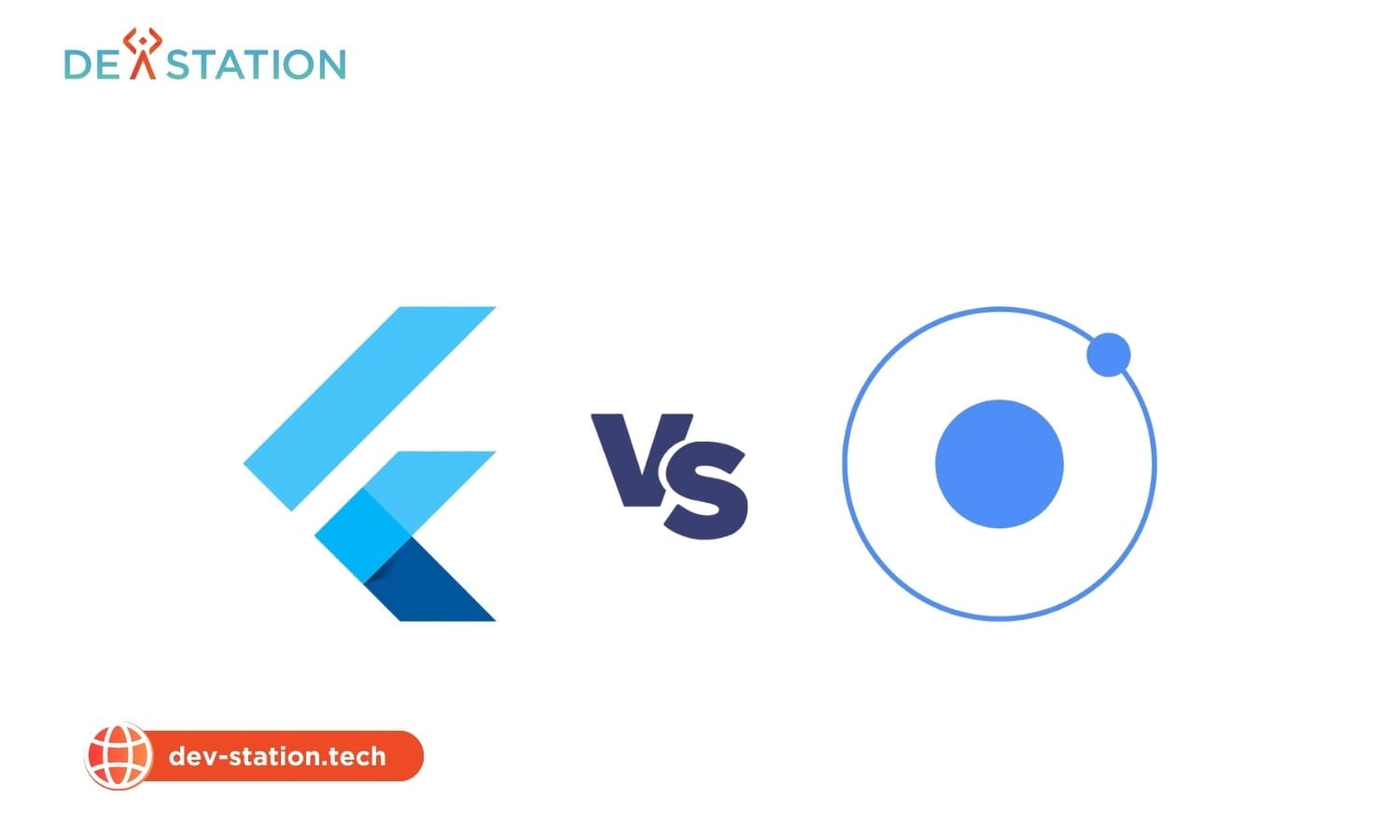Businesses today need efficient ways to maintain digital presence across devices. One innovative approach combines familiar web tools with mobile-specific frameworks. This method creates adaptable solutions that perform consistently on iOS, Android, and browsers.
These cross-platform tools reuse existing code from browser-based systems. Developers wrap this code in native shells, enabling access to device features like cameras or GPS. This strategy reduces redundant work while maintaining performance standards.
Companies gain significant advantages through this unified development process. A single codebase cuts costs by up to 40% compared to building separate native versions. Updates deploy simultaneously across all platforms, ensuring consistent user experiences.
Technical leaders prioritize solutions that balance speed and quality. Cross-platform frameworks accelerate deployment timelines by 30-50% in most cases. Teams focus resources on core functionality rather than platform-specific adjustments.
Contents
ToggleKey Takeaways
- Unified code structure works across mobile and desktop environments
- Native device features integrate through specialized frameworks
- Development costs drop significantly compared to multiple native builds
- Updates apply instantly to all platforms simultaneously
- Market reach expands without additional engineering effort
Understanding Hybrid Web Apps
Digital solutions that adapt across devices have become essential for modern enterprises. This approach merges universal coding languages with platform-specific packaging to create versatile products.

Definition and Core Concepts
A hybrid application combines standard markup languages like HTML with native containers. These wrappers act as bridges, letting web-based code interact with hardware features through plugins. For example, JavaScript functions can trigger a smartphone’s camera using Apache Cordova integrations.
“The magic lies in balancing browser-based flexibility with device-specific capabilities,” explains a senior engineer at Dev Station Technology.
Historical Evolution and Market Demand
Early frameworks like PhoneGap (2011) pioneered the webview model, enabling simple deployments across mobile platforms. Over 68% of companies now prioritize cross-platform tools to reduce redundant work. Modern systems like Ionic use optimized rendering engines to address early speed limitations.
Three factors drive adoption:
- Faster deployment cycles (30-50% shorter than native builds)
- Unified updates across iOS and Android
- Access to device APIs without platform-specific expertise
Technical teams assess these factors against performance needs and resource availability when choosing development paths.
Key Features That Define Hybrid Web Apps
Modern application architecture prioritizes adaptability across diverse operating environments. Three foundational elements enable this flexibility while maintaining technical efficiency and user satisfaction.

Cross-Platform Compatibility and Single Codebase
A unified development approach lets teams create solutions for iOS and Android using one set of core files. This method removes the need for separate coding projects, cutting initial build times by 35-60%. Technical leads appreciate how changes propagate instantly across all versions without manual adjustments.
Integration of Universal Technologies with Native UI
Developers combine standard markup languages with platform-specific interface elements. This blend ensures applications follow each operating system’s design patterns while using familiar coding practices. For example, JavaScript libraries can trigger device cameras while maintaining native menu structures.
Enhanced Maintenance and Update Efficiency
Centralized code management simplifies error correction and feature rollouts. Teams implement security patches once, deploying them simultaneously across multiple platforms. This synchronization reduces version conflicts and ensures consistent user experiences during updates.
“The true power emerges when updates reach all devices within hours, not weeks,” notes a Dev Station Technology framework specialist.
Advantages of Hybrid Mobile App Development
Cutting-edge development approaches offer tangible benefits for businesses scaling their mobile presence. By unifying coding processes, teams achieve faster deployment cycles while maintaining technical precision.
Time and Cost Efficiency
Single-codebase architectures slash project timelines by 40-60% compared to building separate native versions. Developers write core functions once, then adapt them for multiple platforms. This eliminates redundant work and reduces billable hours by 30-50%.
Resource allocation becomes more strategic. Companies avoid hiring specialized iOS and Android teams, instead using generalists who understand cross-platform frameworks. Budgets stretch further without sacrificing functionality.
Simplified Bug Fixes and Maintenance
Centralized code management transforms update processes. When issues arise, engineers resolve them in one location instead of troubleshooting platform-specific variants. Patches deploy simultaneously across all devices, ensuring consistent performance.
Feature updates follow the same streamlined path. New capabilities roll out universally through synchronized releases, preventing version fragmentation. Technical leaders gain predictable maintenance schedules and clearer budget forecasts.
“Unified development cuts our update deployment from weeks to hours,” reports a Dev Station Technology project manager.
Hybrid Web Apps vs Native and Progressive Web Apps
Tech leaders face critical choices when selecting software solutions that balance performance, cost, and reach. Three distinct approaches dominate modern development: hybrid app frameworks, platform-specific native builds, and progressive web solutions.
Comparative Performance and User Experience
Modern hybrid app frameworks like React Native now achieve 90-95% of native speed for typical workflows. Animation rendering times differ by less than 0.2 seconds in benchmark tests, creating nearly identical user experiences. Starbucks’ progressive web app demonstrates how web-based solutions deliver offline functionality while bypassing app stores entirely.
Native apps retain advantages in processor-intensive tasks like 3D gaming. However, most business applications – from e-commerce platforms to productivity tools – perform equally well across all three models. Responsive design techniques ensure consistent interfaces on iOS and Android devices.
Development Complexity and Update Strategies
Maintaining separate codebases for native apps doubles engineering effort compared to hybrid solutions. Progressive web apps simplify deployment further by eliminating app store approvals, though they lack access to some device APIs.
Update cycles reveal stark contrasts:
- Hybrid: Single codebase updates deploy simultaneously
- Native: Platform-specific releases requiring separate submissions
- Progressive web: Instant server-side updates with no user action
“Our teams reduced update deployment from 14 days to 4 hours by switching to hybrid frameworks,” notes a Dev Station Technology architect.
Distribution channels influence adoption rates. App stores provide discoverability for native and hybrid solutions, while progressive web apps enable direct installation from browsers – a growing preference among 42% of US users.
Popular Hybrid App Frameworks and Tools
Modern development teams select tools that balance code efficiency with native-like performance. Leading solutions enable cross-platform functionality while maintaining access to device hardware and platform-specific features.
Ionic, Cordova, and Capacitor Insights
Ionic remains a top choice for teams transitioning from web to mobile development. Companies like Burger King and Disney use its pre-built UI components to accelerate project timelines. The framework integrates seamlessly with Cordova’s plugin system for camera or GPS access.
Capacitor serves as Ionic’s upgraded runtime, offering modern API support and backward compatibility. T-Mobile and BBC teams report 40% faster debugging cycles when migrating from Cordova. “The shift eliminated redundant plugin configurations,” notes a Dev Station Technology lead engineer.
Flutter, React Native, and Emerging Frameworks
React Native powers apps for Microsoft and Walmart through its JavaScript-based architecture. Facebook’s framework enables 90% code reuse between iOS and Android versions. Shopify credits it with reducing their update deployment time by 65%.
Flutter stands out with its Dart language and custom rendering engine. BMW and eBay achieve pixel-perfect designs across devices using Google’s toolkit. Emerging solutions like Kotlin Multiplatform now challenge traditional frameworks by enabling shared business logic without UI compromises.
“Tool selection hinges on three factors: team skills, performance thresholds, and long-term maintainability,” explains a Dev Station Technology architect.
In-Depth Look: How Hybrid App Development Works
Modern cross-platform solutions rely on two core components to deliver consistent experiences. These elements bridge the gap between browser-based flexibility and native device capabilities.
Utilizing Webviews and Native Shells
A webview acts as an embedded browser within the app, rendering HTML/CSS interfaces. Developers package this component inside a native shell – a platform-specific container that accesses hardware features. PhoneGap’s early implementations demonstrated how JavaScript could trigger device cameras through this setup.
The native shell handles platform-specific requirements like iOS status bars or Android navigation menus. Teams write core logic once using standard web technologies, then deploy it across multiple operating systems. This approach maintains design consistency while reducing redundant coding efforts.
“Webviews provide the canvas, while native shells unlock device potential,” explains a Dev Station Technology engineer.
Developers optimize performance by caching resources locally and minimizing webview reloads. Modern frameworks streamline this process, letting teams focus on functionality rather than platform quirks. The result? Faster deployment cycles and unified updates across all user devices.





